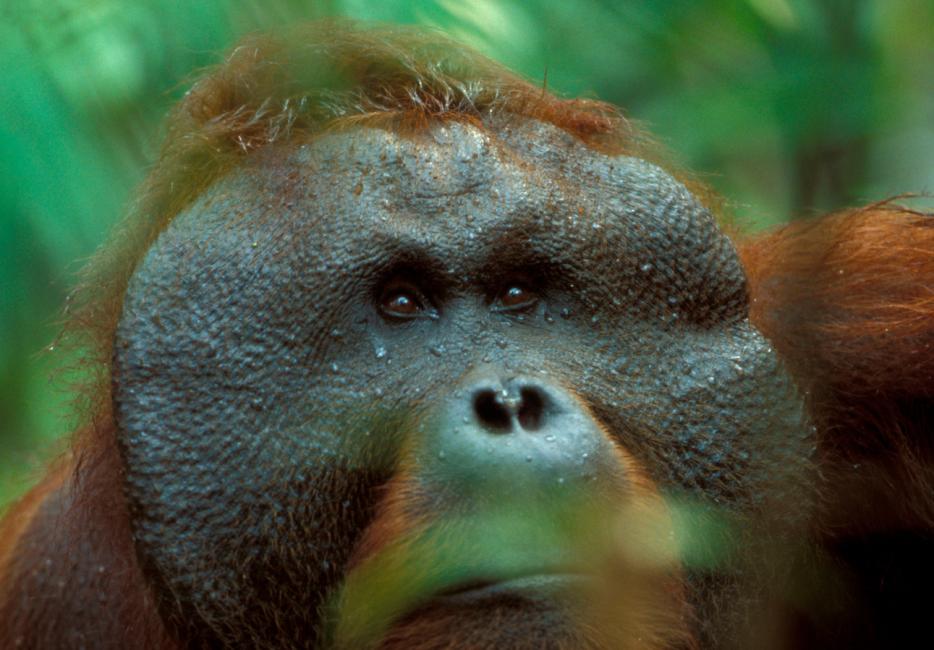
Orangutans: VIPs of Asia's rainforests species:
Affected by: Habitat loss and fragmentation , Illegal wildlife trade
Affected by: Habitat loss and fragmentation , Illegal wildlife trade
Affected by: Habitat loss and fragmentation , Illegal wildlife trade
What an extraordinary creature the orangutan is. But, this ‘person of the forest’ (that’s what orangutan means in Malay) is now at serious risk.
A century ago, orangutans lived in forests all across south-east Asia – from southern China to the Indonesian island of Java. Today they’re only found on two islands: Sumatra and Borneo. The primary threat to orangutans is the extensive loss of their natural habitat due to logging, agricultural expansion (particularly palm oil plantations), and infrastructure development. Deforestation fragments their habitats, isolating populations and limiting their ability to find food and mates.
It’s vitally important to protect these incredible animals – Asia’s only great apes – and their rainforest habitat before it’s too late. Your support is crucial, and the good news is you can help in lots of ways.
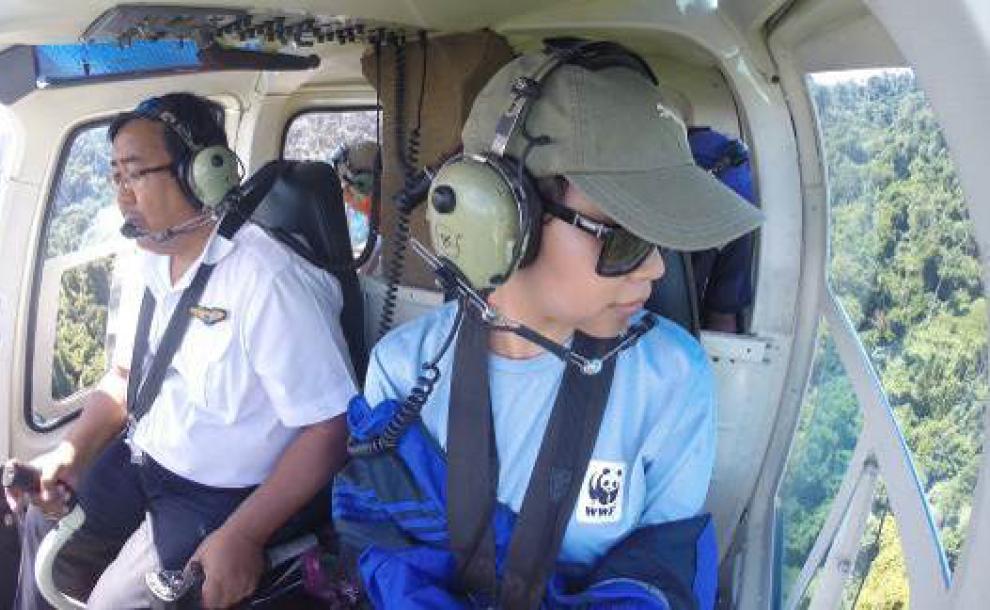
"I spent my childhood growing up in an oil palm estate in Sabah. The only thing that I saw outside in the morning and where I spent my time playing with my friends was the oil palm plantation. As I grow up I started to look at nature differently and excited to uncover what we have in our rainforest. I changed from a person who didn't know anything about nature to someone who enjoys nature and is now working to conserve our closest living relatives - the orangutan."
Field Biologist
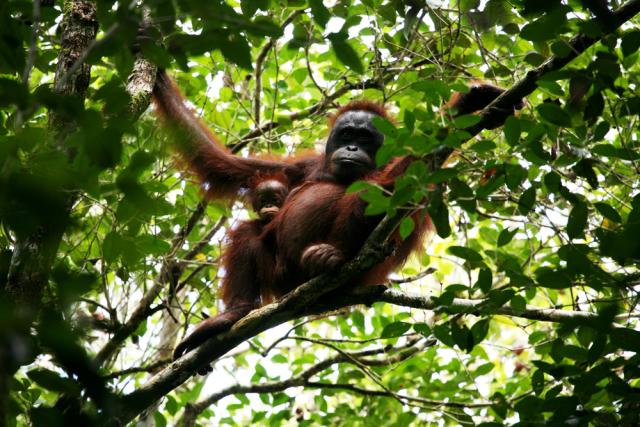
Where do orangutans live?
Orangutans spend most of their lives up in trees, foraging, moving between branches, and building treetop nests for resting during the day and for a good night's sleep. Orangutans are primarily tree-dwelling primates, but Bornean orangutans, both males and females, are also known to walk on the ground to forage for food or travel to other areas.
In the past, orangutans used to live as far north as southern China, and throughout Southeast Asia. However, due to hunting and habitat loss, the species range is now restricted to the fragmented tropical rainforests on the islands of Sumatra and Borneo.
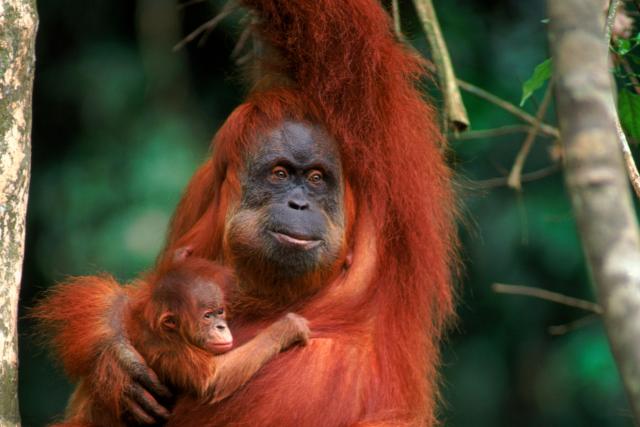
Why orangutans are so important
Orangutans are known as gardeners of the forest, because they help spread seeds around. You know how it works – they eat fruit from the trees, the seeds come out the other end, the forest spreads. Especially the larger seeds that don’t get spread by smaller animals.
Without that seed distribution, the rainforests of Borneo and Sumatra would be drastically different, and that would have impacts on all the people and animals that live in or use those rainforests.
The people of Borneo and Sumatra depend on the orang-utan’s rainforest for food, water, income and environmental protection.
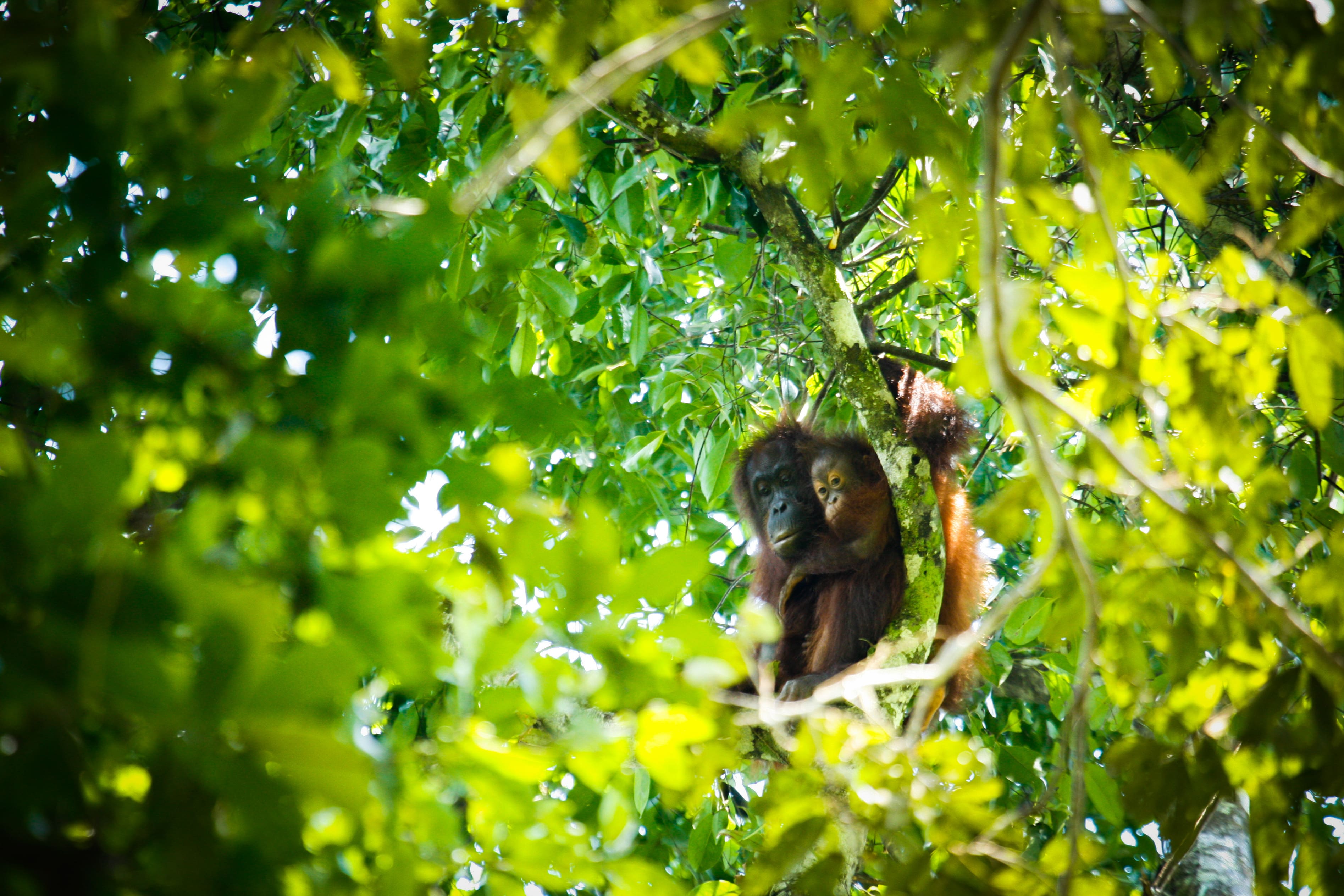
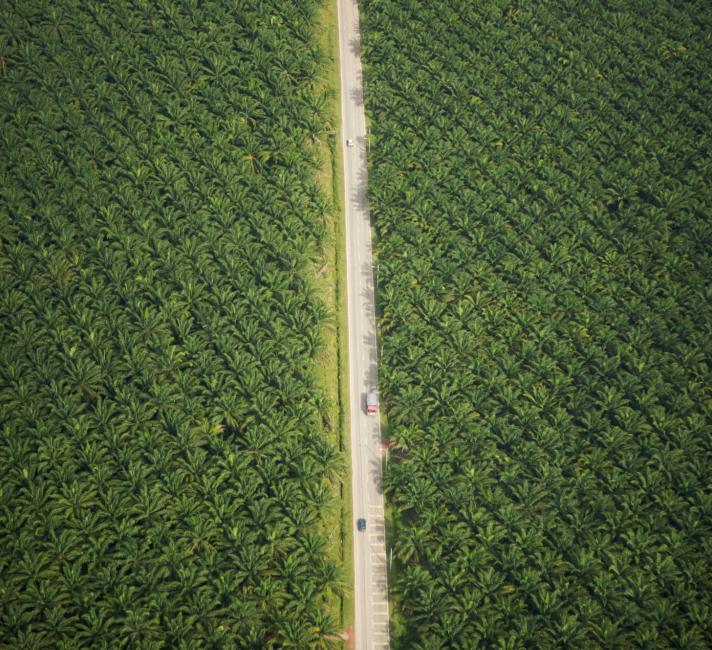
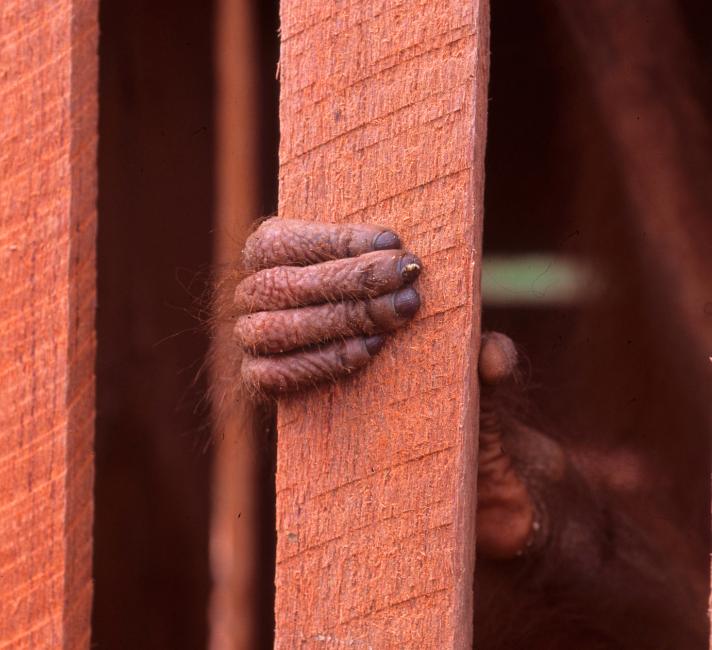

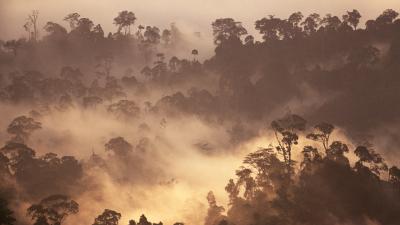

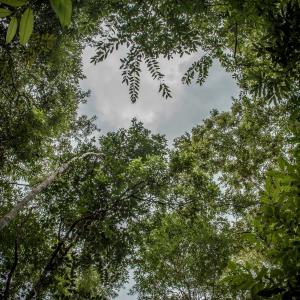
 Top 10 facts about orangutans
Top 10 facts about orangutans
 Orangutan quiz
Orangutan quiz
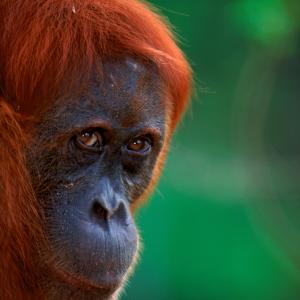 World Orangutan Day 2025
World Orangutan Day 2025
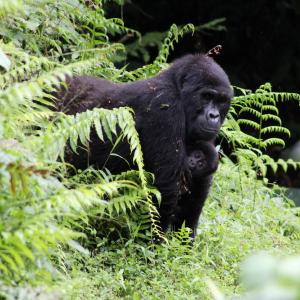 Mountain gorillas: close relatives at risk
Mountain gorillas: close relatives at risk